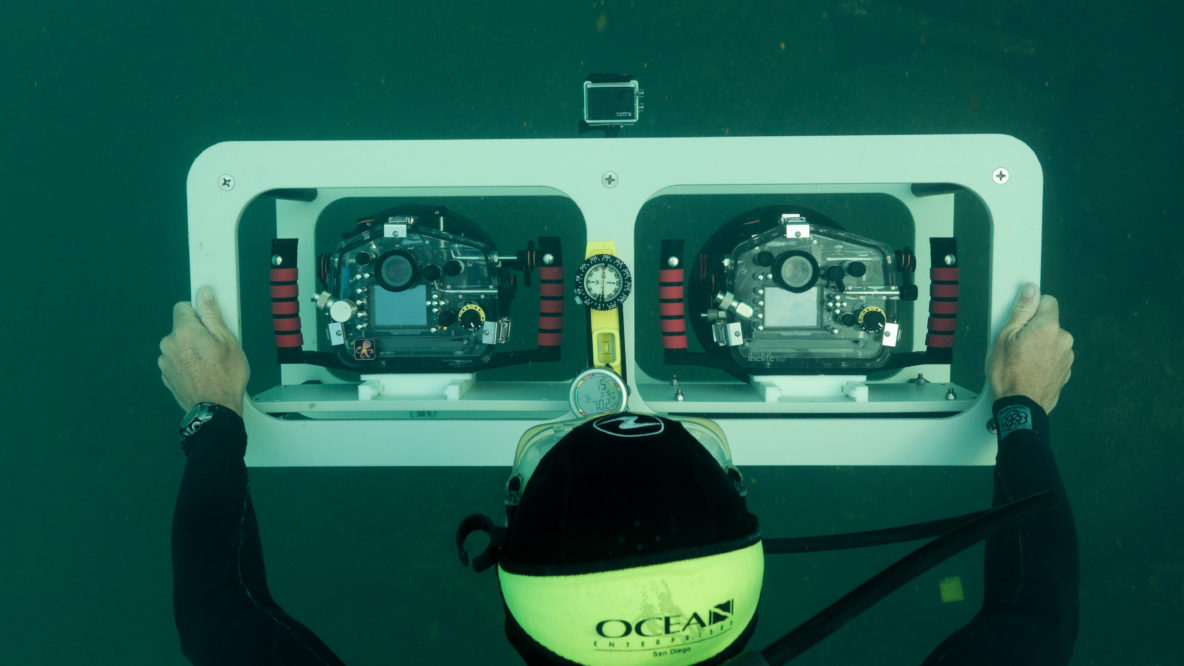Clinton B. Edwards, Yoan Eynaud, Gareth J. Williams, Nicole E. Pedersen, Brian J. Zgliczynski, Arthur C.R. Gleason, Jennifer E. Smith, Stuart A. Sandin.
Read the full article here.
For sessile organisms such as reef-building corals, differences in the degree of dispersion of individuals across a landscape may result from important differences in life-history strategies or may reflect patterns of habitat availability. Descriptions of spatial patterns can thus be useful not only for the identification of key biological and physical mechanisms structuring an ecosystem, but also by providing the data necessary to generate and test ecological theory. Here, we used an in situ imaging technique to create large-area photomosaics of 16 plots at Palmyra Atoll, central Pacific, each covering 100 m2 of benthic habitat. We mapped the location of 44,007 coral colonies and identified each to the lowest taxonomic level possible. Using metrics of spatial dispersion, we tested for departures from spatial randomness. We also used targeted model fitting to explore candidate processes leading to differences in spatial patterns among taxa. Most taxa were clustered and the degree of clustering varied by taxon. A small number of taxa did not significantly depart from randomness and none revealed evidence of spatial uniformity. Importantly, taxa that readily fragment or tolerate stress through partial mortality were more clustered. With little exception, clustering patterns were consistent with models of fragmentation and dispersal limitation. In some taxa, dispersion was linearly related to abundance, suggesting density dependence of spatial patterning. The spatial patterns of stony corals are non-random and reflect fundamental life-history characteristics of the taxa, suggesting that the reef landscape may, in many cases, have important elements of spatial predictability.

